Chemical Analysis: Gypsies Fighting Jungle Infections
Natural Evolution brings us both potent medicines and pathogenic infections. Tea Tree, Clove and Citronella oils are discussed for their chemical activity fighting jungle infections.
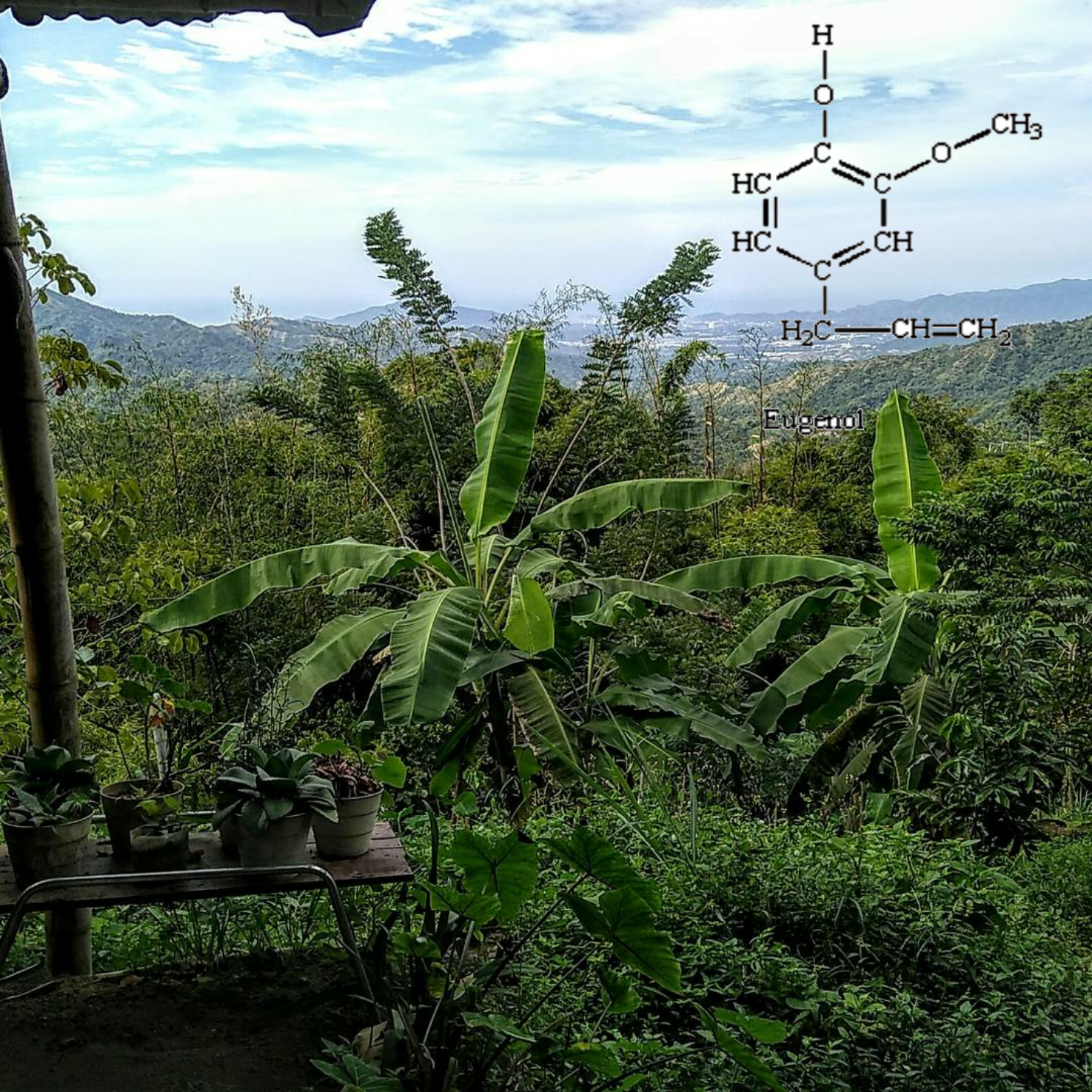
When your home is your backpack and your bed is your hammock you become very sensitive to the environment that surrounds you. Tonight I type my thoughts from a hammock hanging on a Colombian hillside, listening to the insects and being rocked by the winds. This is the magic in the sensitivity of this life. Of course, where there is magic there is mayhem.
(Using Neem Tea to remove fleas from kittens)
The Amazon is home to an incredible community of pathogenic infections. Within a hostel in Cartagena, Columbia, I encountered two traveler, both with painful infections from mosquitoes transmitted infections.
In recent years I have obtained an infection from just about every country I have ventured through. Lymes disease from Greece, bedbugs from Israel, scabies from Spain, and coxsackie virus from Detroit… to name a few. This adventure, armed with newly collected nutriopathic knowledge I am initiating offense.

In this same Cartagena hostel I met a lovely Chilean mother traveling with her 11 month old son. Mutually concerned we combined our resources and knowledge to create a topical lotion. The goal is to deter these flying blood suckers and prevent infections. This is the chemical analysis of our creation.
Shea Butter (Spanish name)

For the base of our cream we were lucky to find unrefined Shea Butter. Shea butter is an extract of the Karité Tree. I'm currently in a small mountain village and about to lose my wifi connection so I do not have detailed chemical information on this highly nourishing and moisturizing extract, however the added essential oils are discussed below.
Tea Tree Oil (Melaleuca alternifolia)
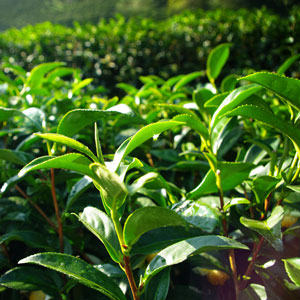
Aborigines Australians praised lakes where the leaves had fallen and decayed for their healing powers. These indigenous communities inhales fumes from crushed leaves to treat coughs and colds. Extracts of the leaves were also applied topically to wounds to prevent infections.
Tea tree oil is one of the best medicines to always keep on hand. It can be used topically on areas of skin that are vulnerable to (such as burns, bites or lacerations) or currently fighting an infection. Currently we are using Tea Tree oil in the hair to avoids attracting the flees from our fluffy travel companions. This aromatic essential oil the product of the steam distillation of leaves and branches. This process creates a remarkably potent product that represents only 2% of starting plant matter mass.
Antibacterial, antifungal, antiprotozoal and antiviral activity has been demonstrated in lab including effectiveness against methicillin-resistant Staphylococcus aureus (MRSA). Much of this infection fighting activity is a result of Tea Tree oil’s lipophilic hydrocarbon. These are organic molecules that are attracted to fats and oils. These lipophilic hydrocarbons interact with and damage the phospholipids that compose cell membranes. This damage results in the loss of ions and cellular activity.
One of these organic compounds, a phenolic compound named eugenol, damages mitochondrial membranes preventing respiration and energy production.
Clove Oil (Syzigium aromaticum)
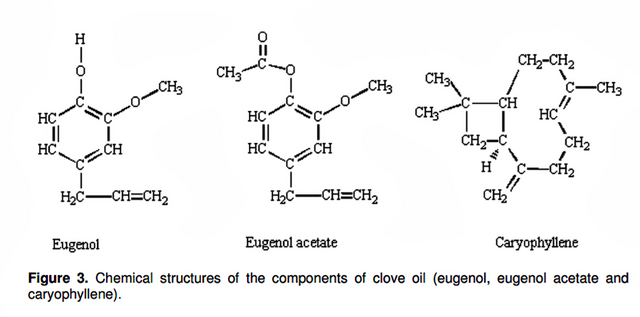
Clove Oil also was discovered to have a high concentration of eugenol (70-85%) as well as it's derivatives eugenol acetate and caryophllene. Eugenol is known for its antimicrobial, anti-inflammatory and anesthetic qualities. Eugenol is also found in essential oil extracts of nutmeg, cinnamon, basil and bay leaf.
While the antimicrobial activity of clove oil prevents infection, the anti-inflammatory and anesthetic qualities of clove oil provide relief for any bites you do acquire. Full clove buds are also a great addition to your oral health routine. Sucking on the buds prevents and cures gum and cheek infection while numbing any sores.
Citronella Oil
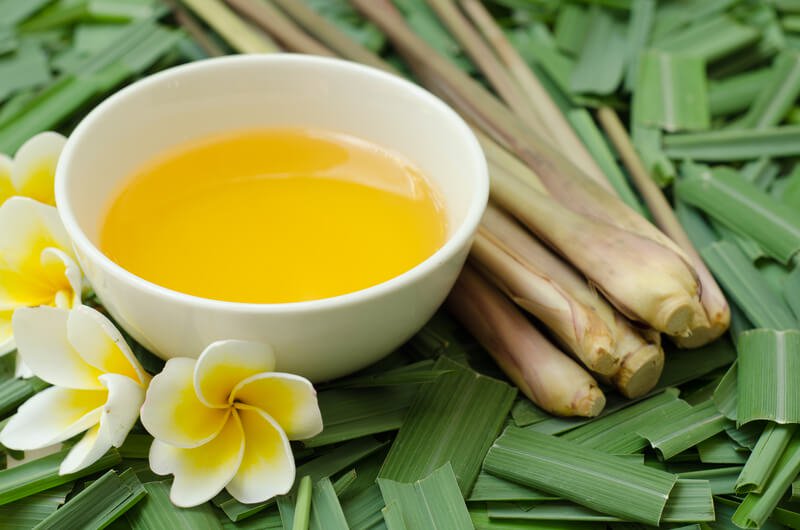
Before writing this article I was under the impression that Citronella oil came from a Citronella plant. This oil is actually an extract of the commonly discuss Lemon Grass. Where I am now volunteering in the Columbian Sierra Nevada mountains there is an abundance of wild lemon grass. Everyday we are picking this grass and using it with herbal Teas. My new favorite power tea blend is lemon grass and cacao beans. More to come hidden potential of cocoa.
Citronella oil contains the monoterpenoids
citronellal, citronellol, and geraniol. These compounds have been shown to repel insects including mosquitoes. While Citronella Oil may be less effective than DEET, It is not accompanied by the harmful effects of this synthetic chemical including seizures in young children.
Preventative health care is always more effective than reactionary. I am currently carrying more weight in essential oils and other natural medicines than I am in clothing. My backpack apothecary provides a luxurious service for many a wounded traveler. In an upcoming article I will focus on the interaction of Echinacea flower with the notorious endocannabinoid system.
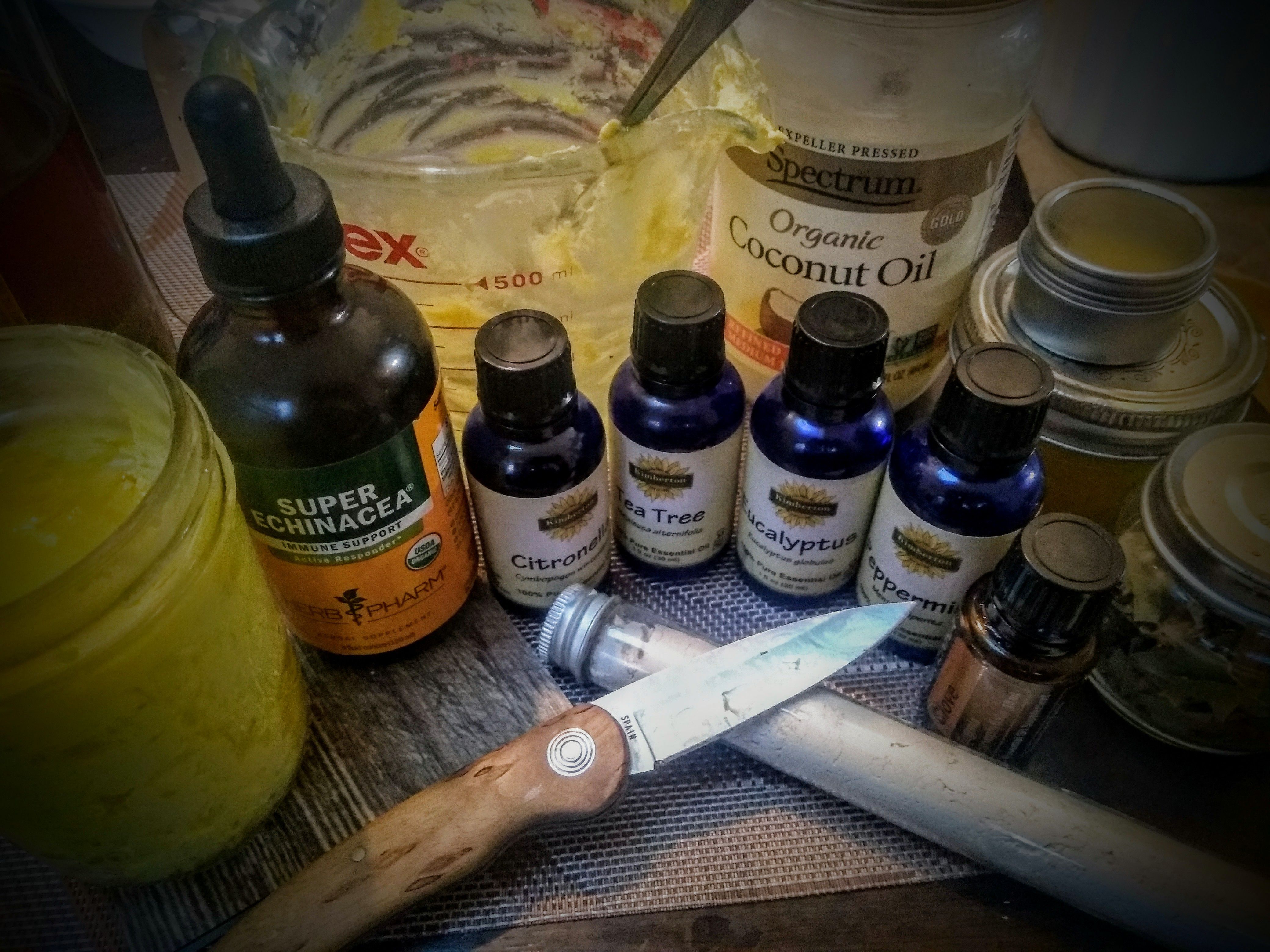
What’s in your natural medicine cabinet? I'd love to read your comment (and see you follow ;) if you have resonated with anything from my story. The communication of like-minded individuals is the amplification and expansion of an idea. This is called community and community is powerful.
(Links to resources will need to be posted at a later date, limited wifi is making it difficult to do much more than upload this post. Thanks for your forgiveness!)
Nice natural picture
Thanks! I'm definitely in one of the most beautiful land I have ever crossed
@OriginalWorks
The @OriginalWorks bot has determined this post by @mangosinspace to be original material and upvoted(1.5%) it!
To call @OriginalWorks, simply reply to any post with @originalworks or !originalworks in your message!